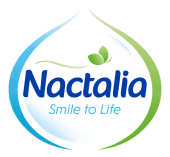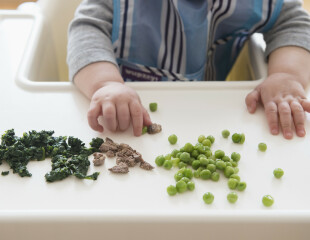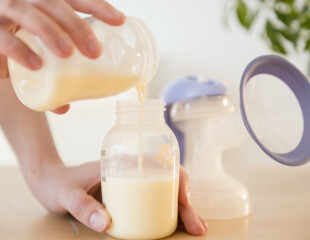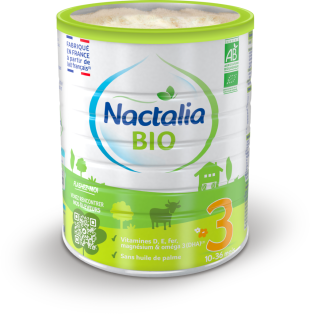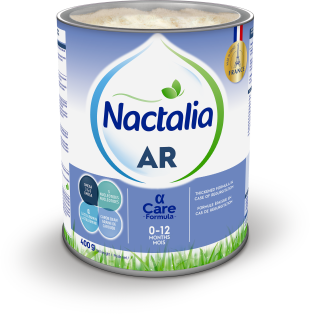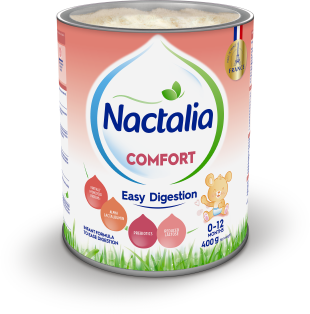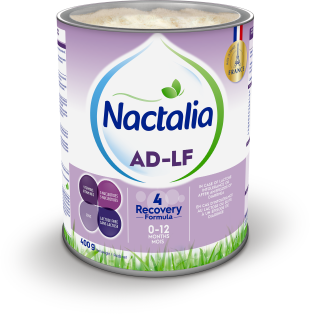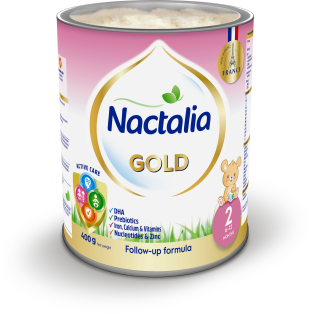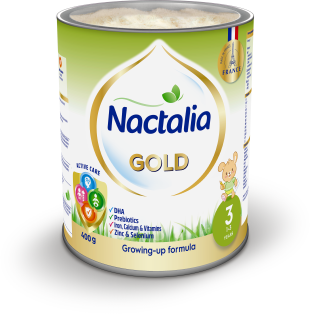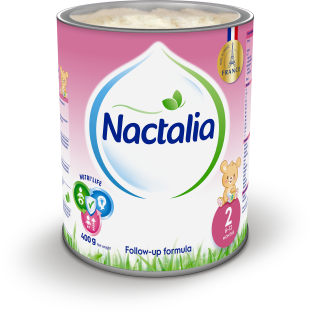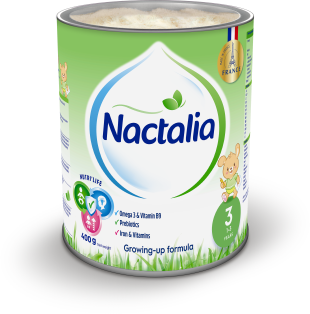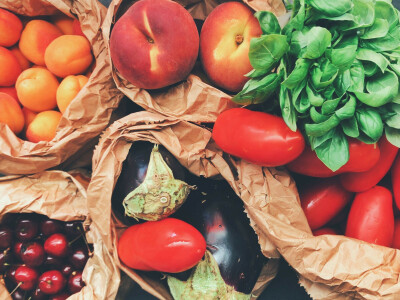
Structuring meals
After one year, dietary diversification in well under way. Your child is now ready to enjoy more “grown-up”meals. But be careful not to skip stages, as their nutritional requirements are still very specific. How is it possible to ensure that this phase is calm and peaceful? Let’s find out.
On the plate of 1-3 year olds
A key period in learning about food, your child will experience new flavours, new textures, new foods, but still needs their milk! The nutrients contained in milk are still essential for your child. Opt for a daily intake of 500ml to 800ml of milk and milk equivalents in total (milk-based products, cheese).
EXPERT ADVICE: which milk-based products for 1-3 year olds?
- Growth milks
In addition to calcium, growth milks provide iron, essential fatty acids, zinc and vitamins… and limit the intake of proteins and salt found in excessive quantities for a young child in cows milk. - Dairy products for young children
Even if the nutrient content of these dairy products is not equivalent to that of growth milk, they contain two times less proteins than regular dairy products and some are enriched with iron and/or essential fatty acids. In addition, they comply with regulations on foodstuffs for young children. You can easily make your own yoghurts at home using growth milk by following the Mpedia recipes.
These dairy products for young children and yoghurts made using growth-milk are the best option, but it is fine to give your child dairy products intended for adults occasionally. - All kinds of cheese
Hard, soft, strongly flavoured… it’s all good! Unpasteurised cheese can be offered from the age of one. Just remember to respect the recommended daily milk and dairy equivalent intake.
Cows milk does not fulfil the nutritional requirements of a child under 1 and growth milk is preferable up to the age of three and beyond.
A daily menu consists of:
- 5 portions of fruit and vegetables per day.
Note that a portion equates to about 80g. - Cereal products (bread, rice, pasta, couscous, etc.) and starches (potato, lentils and other dried pulses) at each meal.
- 20g per day between 1 and 2 years, and 30g between 2 and 3 years, meat (offal and red meat are rich in iron…), or fish or egg.
Find out more about which fish to give your child
It is recommended that you give your child fish 2 times a week:
- 1 meal of lean fish (cod, hake, whiting, sole, etc.)
- 1 meal of oily fish (salmon, mackerel, sardine, herring)
Avoid:
Certain fish that may contain PCB (eel, barbel, bream, carp, catfish), or methyl-mercury (swordfish, marlin, siki, shark and lamprey) should be avoided.
Restrict:
Consumption of wild predatory fish should also be limited: monkfish (anglerfish), sea bass (bar), bonito, emperor, grenadier, halibut, bream, ray, sabre, tuna.
Non-cooked fats
(2 teaspoons approximately mixed into vegetables), with a preference for vegetable fats, such as rapeseed, walnut or soya oil… And occasionally a bit of butter or creme fraiche.
Beyond the age of 2, your child has less inclination to try new flavours. This period is referred to as “neophobia”. Don’t worry, though, each child develops at their own pace. It is pointless trying to force a child to eat something they are refusing. Offer it to them again a few days later and often they will have changed their mind, even if sometimes you will need to try up to ten times!
On the plate of 3-6 year olds
Your child now eats like you, in age-appropriate quantities, of course, and in a varied, balanced way.
Make sure that you offer them a daily menu that includes:
- 5 portions of fruit and vegetables
- Cereal products (wheat or corn couscous, bread, pasta, rice, quinoa, etc.) and starches (potato, lentils, chickpeas, dried beans, etc.) at each meal.
- Milk and dairy products (cheese, yoghurt…) 3 to 4 times per day, which equates to 500 to 800 ml per day.
Red or white meat (chicken, veal, etc.,), or offal (black sausage, liver, kidneys etc.), or fish twice a week: 1 dish of lean fish (cod, hake, whiting, sole, etc.) and 1 dish of oily fish (salmon, mackerel, sardine, herring) or an egg.
A tip to help get it right: The daily portion of meat + fish + egg should not exceed 10g by age for year in progress. So, a child who is 3 (4th year of life) can eat 40g and so on…
- Added fats, plant-based (rapeseed oil, walnut oil…) or animal-based (butter, creme fraiche…), preferably uncooked.
- Sweet treats (sweets, ice cream, fizzy drinks) can be given in small amounts at special occasions, but should not become a habit. Encourage your child to drink as much water as they want.
EXPERT ADVICE: a health diet includes…
- 4 meals per day, as a family (or in a group) without the presence of any screens and with a focus on conviviality,
- Fresh or frozen seasonal products, possibly “organic”.
- Learn to trust your child in terms of the quantities they need to sustain themselves throughout the day (excluding recommended quantities of some products that should not be exceeded) and never force them to finish what is on their plate!
- Avoid telling your child off or punishing them if they have eaten very little, or congratulating them if they have eaten well.
Family meals are special moments
Family meals are the ideal opportunity to develop your little one’s confidence and curiosity in terms of new foods and allow them to experience new flavours. Moments of pleasure and sharing, they are perfect opportunities to spend enjoyable time together as a family! To anchor this habit in your day-to-day life, encourage your child to take part in cooking and laying the table. Meals at nursery school encourage your child to try out new foods as they imitate the other children.
These moments of conviviality also help your child to become slowly more independent. Quite quickly they will be able to eat by themselves at table, without too much help from you. But don’t forget to give them a bib and suitable cutlery (round-tipped cutlery is essential at the beginning!) to avoid accidents. Use mealtimes to encourage good table manners (no screens, not talking with a full mouth…) and cleanliness.
